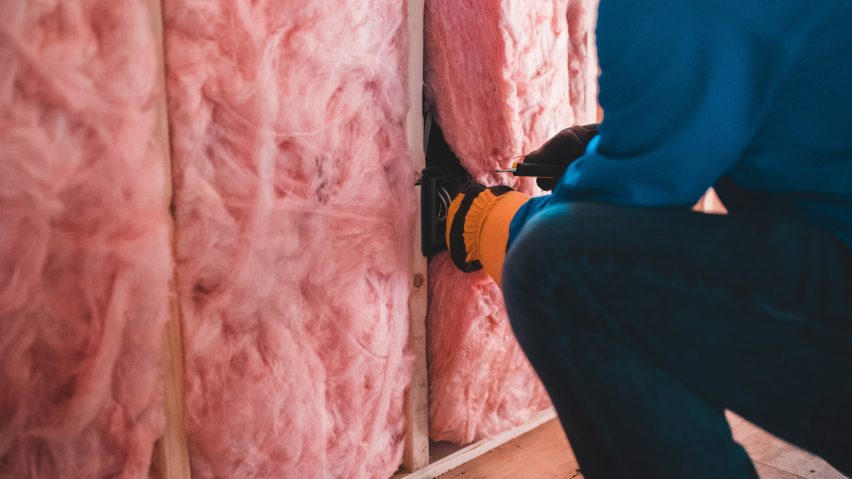
Effectively retrofitting UK housing requires "compromise between performance and heritage" say architects
The UK's ageing houses must be insulated against uncontrolled heat loss, but this will require accepting changes to their appearance, according to a series of British architects who have recently carried out their own energy-led retrofits.
"The majority of homes in the UK were built before we understood about climate change," explained Sarah Wigglesworth, an architect who recently retrofitted her own home in London.
"If we do not insulate our homes and offices we are burning fuel just to throw it away into the atmosphere," she told Dezeen.
UK housing oldest and most poorly insulated in Europe
Housing in the UK is among the most poorly insulated in Europe, according to research by German technology company Tado. As Wigglesworth implied, this is largely due to its age.
The Building Research Establishment (BRE) found that the UK has the oldest housing stock in Europe, with 38 per cent of the homes built before 1946, which compares to 29 per cent in France and 20 per cent in Italy. Additionally, 78 per cent of UK residents keep warm using gas central heating, the UK Department for Business Energy & Industrial Strategy (BEIS) has found.
This means that most UK homes, which continue to rely heavily on burning fossil fuels for space heating, are losing warmth through their inadequately insulated envelopes.
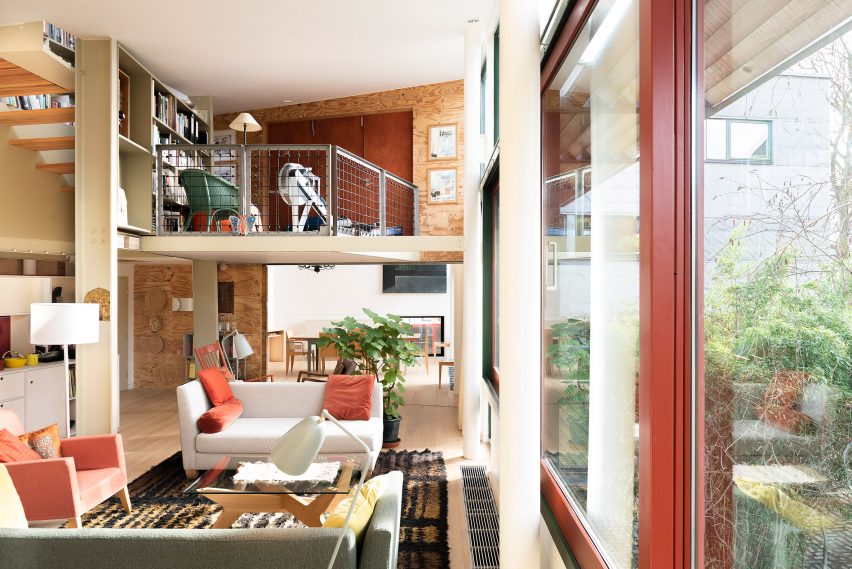
Architecture for London founder Ben Ridley said that improving the energy inefficiency of the UK's ageing homes is essential if it is to meet its target of net-zero emissions by 2050.
"Historically, fuel has been relatively cheap so insulating homes was seen as a low priority until the second half of the 20th century," said Ridley, who also recently retrofitted his home with his studio Architecture for London.
"The vast majority of our traditional housing stock in the UK was therefore built with uninsulated solid masonry walls and single glazing," he continued.
"Ultimately we are going to have to accept some changes in the appearance of our traditional homes."
Key steps are to "insulate, make airtight and ventilate"
The energy inefficiency of UK housing has been in the spotlight recently not only because of its impact on the environment, which has influenced protests by Insulate Britain, but also due to the spiralling energy costs, exacerbated by Russia's invasion of Ukraine.
In response to this, the UK government is capping the cost of energy to support people with paying their bills. However, according to architects, retrofitting at a national scale to cut heat loss from houses is a more effective long-term solution and should be the focus instead.
"In the short term helping people pay for their fuel bills helps, but it does not solve the long-term issue that we can't continue to burn fossil fuels as we once did," said Wigglesworth. "Only insulating our buildings will help this."
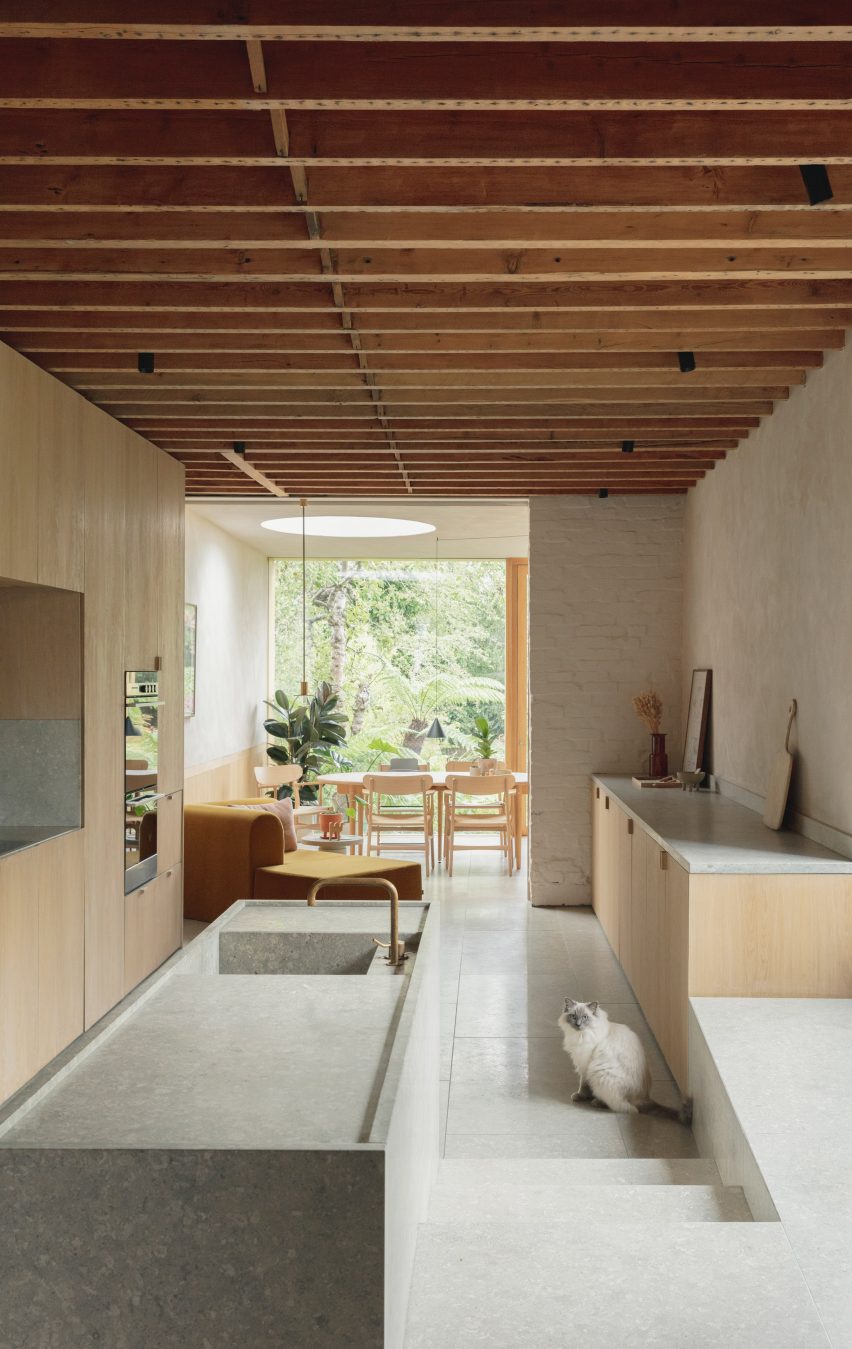
Retrofit is the process of upgrading the energy efficiency of buildings. Robert Prewett of Prewett Bizley Architects summarised the main ways to do this as to "insulate, make airtight and ventilate".
"Most homes need insulating and fitting with higher performance windows," said Prewett, who recently carried out a retrofit of a London home that was shortlisted for RIBA House of the Year.
"As we do that we should also reduce air leakage, which can significantly undermine the impact of the insulation," he continued.
"At the same time, we must always ensure that air quality is maintained or improved. This is likely to mean continuous silent extract ventilation possibly with heat recovery."
Typically, insulation is first added to a roof, followed by floors and external walls – the latter of which can result in changes to a building's exterior, particularly when windows are also upgraded.
Preserving heritage obstacle to retrofit of traditional homes
This can be an obstacle when retrofitting homes that are heritage-listed or located in conservation areas, as it threatens to impact the character of a building.
"Everything comes at a cost, and sometimes the external appearance will change, especially windows and walls," said Wigglesworth.
Wigglesworth suggested internal insulation as a way to overcome this, as it allows a more sensitive retrofit that ensures a property retains its character.
"If retaining the external appearance is of paramount importance, then internal wall insulation is the answer," she explained.
"It is costlier because it is much more fiddly to install, needs careful calculation to ensure no condensation occurs and you have to redo all the internal moulding, cornices, architraves and so forth that are part of the heritage feature."
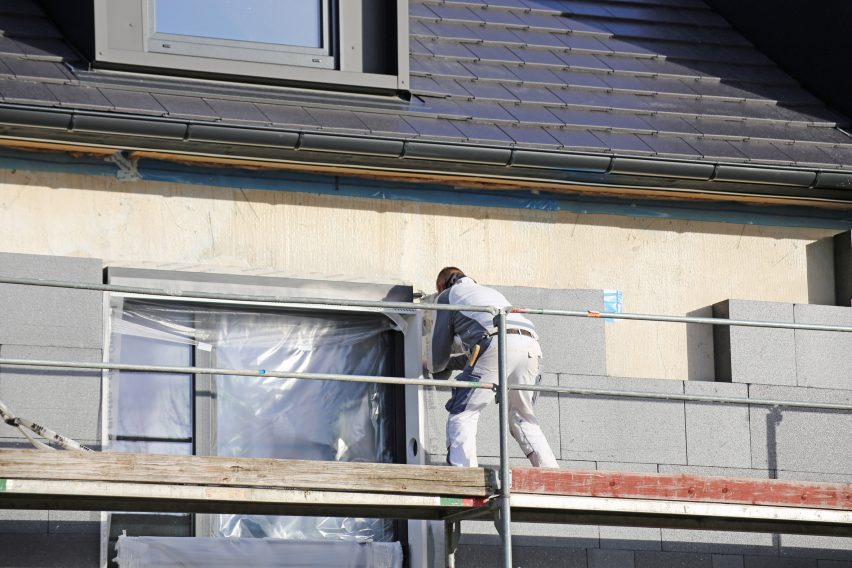
However, in Ridley's opinion, external insulation is the most effective way to retrofit and he believes guidelines for conservation buildings should be made less stringent.
"There are certainly conservation issues with listed buildings and those in conservation areas," Ridley said.
"I believe that these need to be relaxed, particularly in relation to the side and rear facades of heritage buildings which are usually of little architectural interest or importance."
Architect and Passivhaus advocate Paul Testa said that there must sometimes be a "compromise between performance and heritage", and suggested working with a heritage expert when navigating these barriers.
Upgrading windows "the biggest challenge"
He highlighted that this could be particularly useful when upgrading windows of homes in historic or conservation contexts, which he described as "the biggest challenge" of retrofit.
"It's difficult to make high-performance glazing look like an authentic original window," explained Testa, who is director of Sheffield studio Hem Architects.
Testa added that one of the best solutions for this is to introduce a secondary glazing system, which offers an alternative to replacing windows.
"In some sensitive locations it may be necessary to use a high-performance secondary glazing system with the original windows sensitively repaired or replicated," he said.
Another major challenge facing retrofit is "the lack of consistent government strategy", Testa said.
Many of the worst-performing homes are owned by occupants who cannot afford to retrofit and he believes that government backing is key to facilitating vital upgrades.
"This is where the government strategy and funding becomes critical," Testa explained. "Without this, there will always be a huge proportion of the country that will never have the funds to affect the necessary change."
Benefits of retrofit go beyond the environment
Testa said that the benefits of the government supporting retrofit go beyond the environment, as it could also help boost public health over winter months.
"We will see a rise in respiratory issues with under-heated, under-ventilated homes over the next few months as people struggle to cope with rising costs," he explained.
"A building that has been retrofitted will likely have a better build quality, better thermal comfort and air quality, and hugely reduced risks of damp and mould."
He added that "there is an estimated 42p saving to the NHS (National Health Service) for every £1 spent on the retrofit of fuel-poor homes", referring to a study on fuel poverty by the non-governmental organisation Save the Children.
For him, the government's first step should be to rid of value-added tax (VAT), which applies to renovations of existing buildings but not to new builds, meaning many people are priced out of retrofit projects.
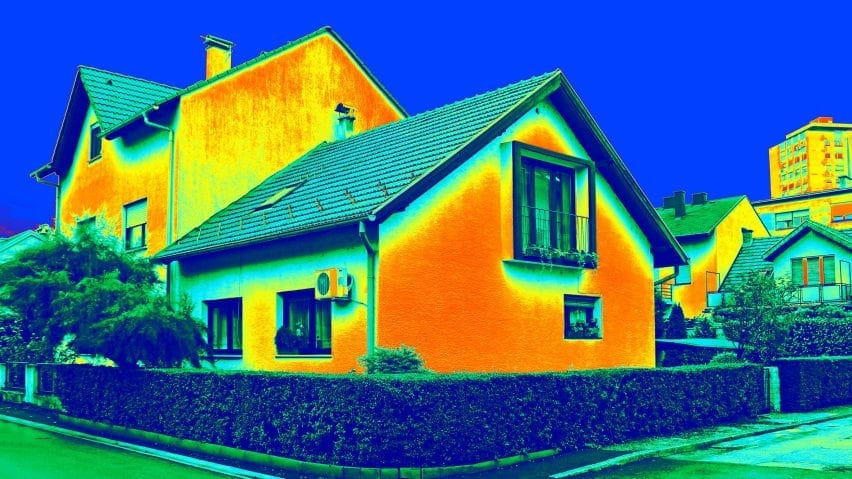
"The biggest step that could be made to improve retrofit take-up is to remove VAT from retrofit work," said Testa.
"Currently we have the crazy situation that new-build homes are Vat free, but retrofitting existing stock carries full 20 per cent VAT."
Ridley agreed that a lack of political strategy and will is "a major issue currently" facing retrofit.
In his view, the government should "offer all homeowners and landlords low-interest loans to pay for retrofit works".
"The interest on the loan could be repaid out of the future reduction in energy bills, therefore possibly have no net cost to the owner," he suggested.
"Home insulation alone is not a magic bullet"
The Royal Institute of British Architects (RIBA) is also calling on the government for more support in the retrofit of houses in the UK.
In a report named Home for Heroes, the RIBA demands a national programme involving the insulation of 3.3 million houses built in England's interwar suburbs between 1919 and 1939.
It claims that by doing so, England's total carbon emissions could be cut by four per cent per year, which is the "same amount as completely decarbonising [England's] waste and recycling sector".
However, according to a recent study by the University of Cambridge, adding insulation to UK homes does not guarantee long-term energy savings as much as hoped.
After analysing the gas-use patterns of more than 55,000 homes across England and Wales, researchers found that the fall in gas consumption achieved by retrofitting with wall insulation was cancelled out within four years by an increase in energy use.
The causes of this are still unknown, but the study speculates that it could be the result of the simultaneous construction of home extensions or if a home has a conservatory.
"There are very real benefits to households from good insulation, not least in terms of health and comfort," said the report's co-author Laura Diaz Anadon.
"However, home insulation alone is not a magic bullet," she added. "In the long term, simply funding more of the same insulation roll-out to meet the UK's carbon reduction and energy security targets may not move the dial as much as is hoped."
The main photo is by Erik Mclean via Unsplash.
Dezeen in Depth
If you enjoy reading Dezeen's interviews, opinions and features, subscribe to Dezeen In Depth. Sent on the last Friday of each month, this newsletter provides a single place to read about the design and architecture stories behind the headlines.